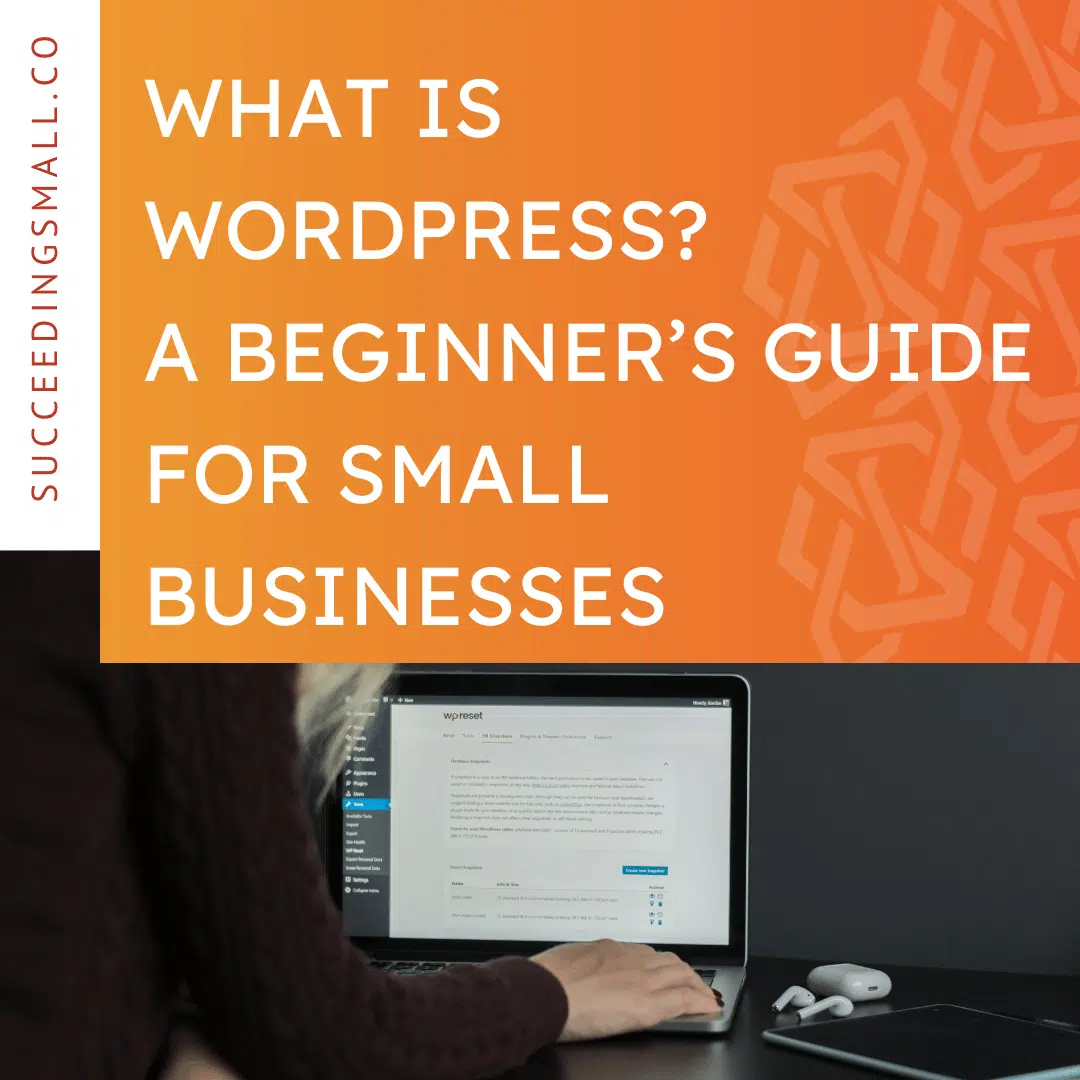A new year is almost here, and you know what that means — it’s that time when small business owners look into creating a small business marketing plan for 2025 that is flexible enough to adapt to changes and opportunities ahead. Your small business marketing strategy should be fun to tackle and iron out instead of a burden.
Succeeding Small gets it! Don’t feel overwhelmed when your needs, goals, and roadblocks are all understood by a team of digital marketing experts who only focus on seeing small businesses succeed. Use this helpful guide to walk through some steps to build a 2025 marketing strategy using the latest trends and technology while staying true to your brand.
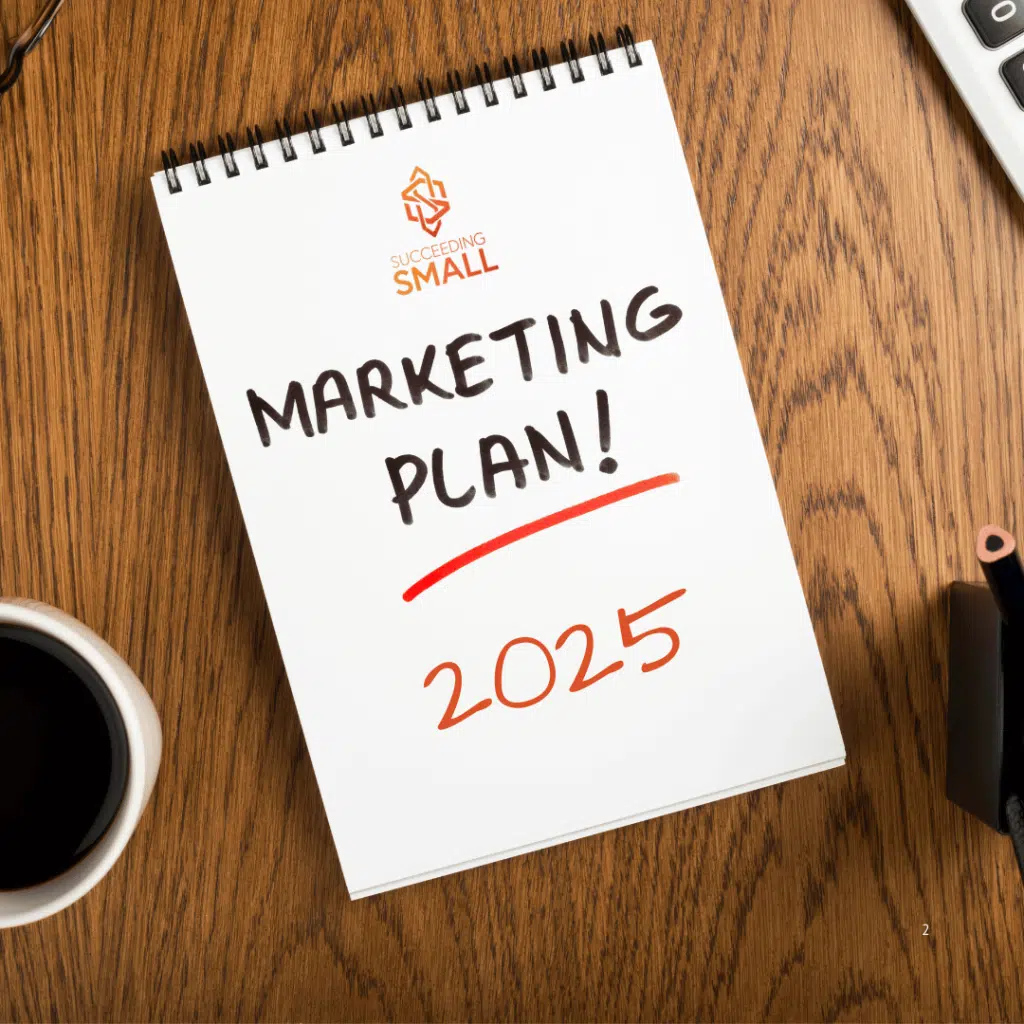
Why Your Small Business Needs a Marketing Plan for 2025
You’re probably asking, “Do I really need to worry about all of this advertising stuff when I have a small business to run?” And the answer is: Yes, you really need a plan or forward-thinking marketing strategy in 2025, a year when nearly half of small businesses plan to increase their advertising budgets.
Think of running your small business like planning a road trip. Without a map or GPS, you might end up driving in circles, wasting time and resources, and never reaching your destination. Your 2025 marketing strategy is your roadmap. It tells you where you’re going (your goals), the best routes to take (your tactics), and how much fuel you’ll need to get there (your budget).
A marketing plan helps you:
- Align your marketing to your business goals
- Get to know your ideal customer better
- Budget your marketing across multiple channels
- Stay ahead of the curve
- Measure and improve over time
Understanding Your Audience in 2025: Customer Personas & Data Analytics
To succeed in 2025, small businesses must take a data-driven approach to understand their audiences. Knowing your customers isn’t just about demographics anymore — it’s about digging a little deeper into key behaviors, preferences, and pain points. There are two simple ways to get started getting to know your customers on a more personal level:
Step 1: Create Detailed Customer Personas
Customer personas provide a framework for understanding your audience. These profiles should be as detailed as possible and based on real data. Consider these categories:
- Demographics: Age, gender, income, education, location.
- Psychographics: Values, interests, aspirations.
- Behavioral Data: Buying habits, preferred communication methods, brand loyalty.
- Challenges: Identify specific problems your products or services address.
Example Persona
“Anna, a 35-year-old working mother, values convenience and sustainable practices. She shops online during the evenings and prefers brands that provide eco-friendly options. Her primary pain point is balancing her busy schedule with finding reliable, ethical products.”

Step 2: Use Advanced Data Analytics Tools
In 2025, all small businesses will have access to sophisticated yet affordable tools that make data collection and interpretation easier:
- Google Analytics 4: Understand which website pages drive the most engagement using the information you gather with Google Analytics 4.
- Customer Relationship Management (CRM) Tools: Platforms like Salesforce or HubSpot organize customer interactions and help you measure campaign ROI.
- Social Media Insights: Instagram and Facebook provide audience demographics and engagement data.
Don’t be afraid to utilize these tools! They’re very useful, and the data analytics you gather will help answer crucial questions like:
- Which products are most popular among specific customer segments?
- What types of content drive the most traffic to your website?
- How are customers discovering your business?
By harnessing the power of data analytics, you can create highly targeted marketing campaigns that resonate with your audience and drive better results.
The Top Marketing Channels for Small Businesses in 2025
As we look ahead to 2025, it’s crucial to identify the most effective marketing channels for your small business. Not all marketing channels are created equal. Focus on platforms like these where your audience spends time and adapt your strategies to those environments:
Social Media Marketing
Social media continues to be a dominant force in digital marketing. In 2025, expect to see:
- Increased focus on video content across platforms
- Rise of social commerce and in-app purchasing
- Greater emphasis on authenticity and user-generated content
- Emergence of new platforms catering to niche audiences
Email Marketing
Despite predictions of its demise, email marketing remains a highly effective channel for small businesses. In 2025, look for:
- Advanced personalization using AI and machine learning
- Interactive and dynamic email content
- Integration with other marketing channels for seamless customer experiences
- Increased focus on privacy and data protection
Search Engine Optimization (SEO)
SEO will continue to evolve in 2025, with a focus on:
- Voice search optimization
- Mobile-first indexing
- User experience and page experience signals
- Local SEO for brick-and-mortar businesses

Paid Advertising
While organic reach may be declining on some platforms, paid advertising offers targeted exposure:
- Programmatic advertising with AI-driven optimization
- Native advertising that blends seamlessly with content
- Increased use of augmented reality (AR) in ad experiences
- Contextual advertising that respects user privacy
Don’t be afraid to branch out and focus on what will give you the best results in your specific small business industry.
How to Incorporate AI-Driven Tools Into Your Marketing Plan
Love it or hate it, artificial Intelligence (AI) is revolutionizing small business marketing. It offers powerful tools that can automate tasks, generate content, and provide deep insights into customer behavior. As we move towards another year of innovation, integrating AI into your 2025 small business marketing plan will be helpful for staying competitive. Incorporating these AI-driven tools into your marketing plan can significantly enhance your efficiency, creativity, and decision-making capabilities when you see what it can do for:
Content Creation
- Use AI writing assistants to generate blog posts, social media content, and ad copy
- Employ image-generation tools for creating unique visuals and graphics
- Leverage video creation tools that use AI to edit and produce professional-quality content
Customer Service
- Implement chatbots for 24/7 customer support and lead generation
- Use AI-powered voice assistants to handle customer inquiries
- Employ sentiment analysis tools to monitor and respond to customer feedback
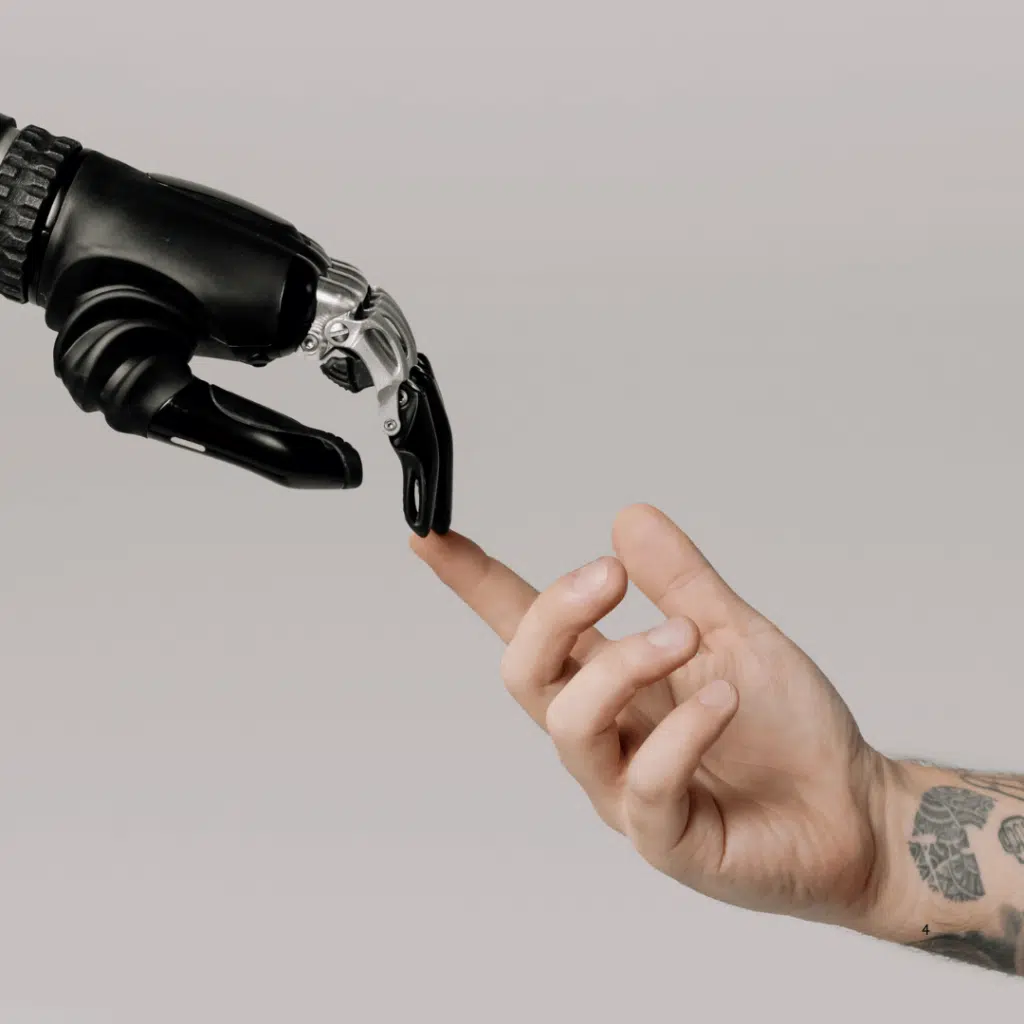
Marketing Automation
- Utilize AI-driven email marketing platforms for personalized campaigns
- Implement predictive analytics for customer segmentation and targeting
- Use AI-powered social media management tools for optimal posting times and content recommendations
Data Analysis
- Employ machine learning algorithms to identify trends and patterns in customer data
- Use AI-powered analytics tools to generate actionable insights from marketing campaigns
- Leverage predictive modeling to forecast future marketing performance and ROI
Creating a Content Strategy to Drive Engagement in 2025
Content remains king in digital marketing, and crafting a compelling content strategy will be crucial for engaging your audience in 2025. As consumer preferences evolve, you’ll want to update your approach to content creation and distribution using:
Video Content
Video will continue to dominate content consumption trends:
- Short-form videos for social media platforms
- Live streaming for real-time engagement and behind-the-scenes content
- Interactive videos that allow viewers to make choices or explore products
- Educational and how-to videos that provide value to your audience
Blog Posts and Articles
Written content remains valuable for SEO and establishing thought leadership:
- Long-form, in-depth articles that thoroughly cover topics
- Data-driven content that provides unique insights and analysis
- Storytelling pieces that humanize your brand and connect with readers
- Regular updates to evergreen content to maintain relevance
Podcasts
Audio content is gaining popularity and offers a unique way to connect with your audience:
- Industry-specific podcasts that position you as an expert
- Interview series featuring thought leaders and influencers
- Behind-the-scenes episodes that give listeners a peek into your business
- Repurposing podcast content into blog posts, social media snippets, and videos

Interactive Content
Engaging your audience through interactive experiences can boost engagement:
- Quizzes and assessments that provide personalized results
- Augmented reality (AR) experiences for product visualization
- Interactive infographics that allow users to explore data
- Virtual events and webinars for direct engagement with your audience
Don’t feel like you need to do it all right away. Ease into trying out these suggestions, and you’ll see that you can actually have some fun while promoting your small business services to new customers and engaging the ones who already love you.
Budgeting for Your 2025 Marketing Efforts Made Simple
Allocating your marketing budget effectively is crucial for maximizing your return on investment. In 2025, small businesses must balance traditional marketing methods with emerging technologies and platforms. A smart budget helps maximize ROI. Here’s how to structure your spending:
How to Determine Your Marketing Budget
- Assess your overall business goals and revenue projections
- Consider industry benchmarks for marketing spend (typically 7-8% of revenue for small businesses)
- Evaluate the performance of previous marketing investments
- Factor in the costs of new technologies and tools you plan to implement
Allocating Your Budget Across Channels
Based on the trends and effectiveness of various marketing channels, consider the following allocation strategy:
- Digital Advertising (30-40%): Include social media ads, search engine marketing, and display advertising
- Content Marketing (20-30%): Cover costs for content creation, distribution, and promotion
- SEO (10-15%): Invest in on-page optimization, technical SEO, and link-building
- Email Marketing (10-15%): Budget for email automation tools and list management
- Social Media Marketing (10-15%): Allocate funds for organic content creation and community management
- Traditional Marketing (5-10%): Reserve a small portion for print, radio, or local event sponsorships if relevant to your audience
Investing in Technology
Set aside a portion of your budget for marketing technology:
- Customer Relationship Management (CRM) systems
- Marketing automation platforms
- Analytics and reporting tools
- AI-powered marketing assistants
Remember to remain flexible with your budget allocation, as market conditions and channel effectiveness may change throughout the year.
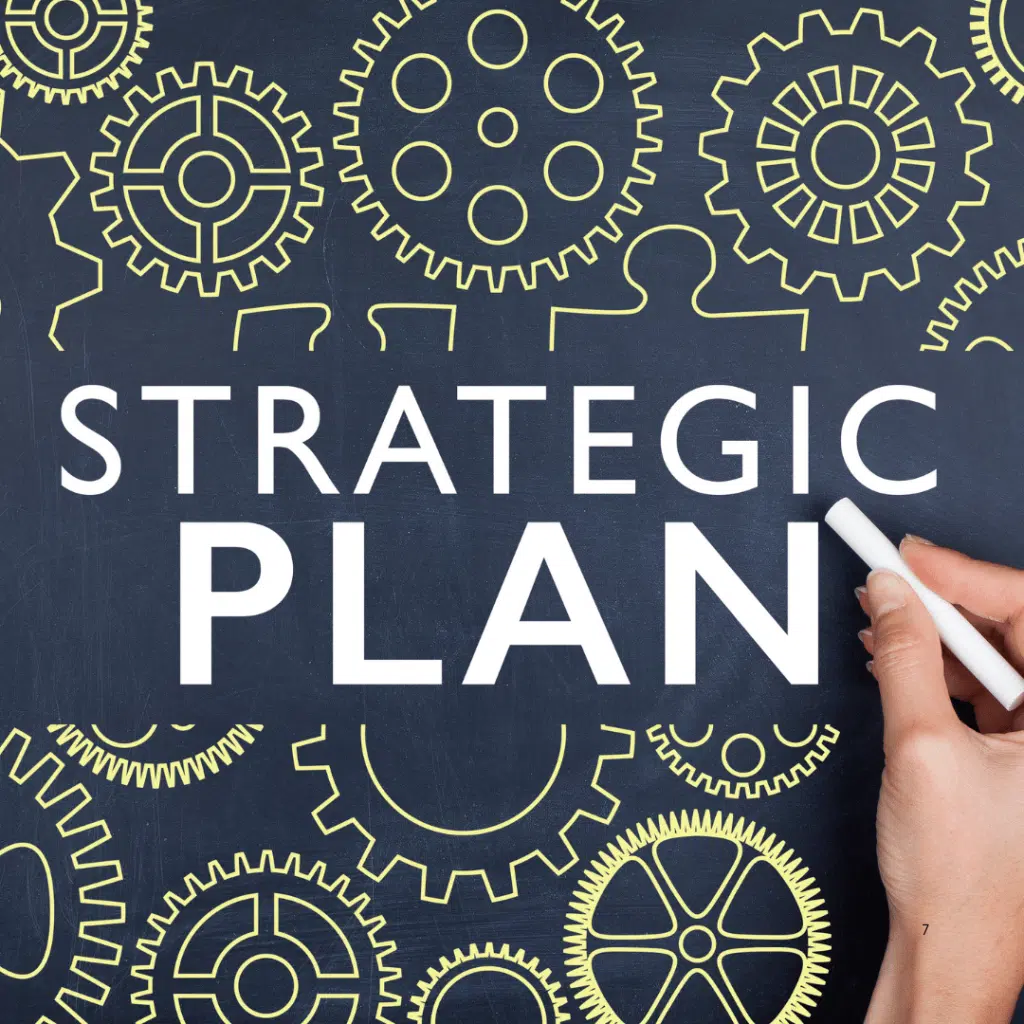
Measuring Success: Setting KPIs for Your Small Business Marketing Plan in 2025
Establishing clear key performance indicators (KPIs) that align with your business objectives is essential to ensuring the effectiveness of your marketing plan. Review these KPIs regularly and adjust your marketing strategies accordingly. Use data visualization tools to create dashboards that provide at-a-glance insights into your marketing performance.
These metrics will help you track progress, identify areas for improvement, and demonstrate the ROI of your marketing efforts.
Website Traffic and Engagement
- Unique visitors
- Page views
- Time on site
- Bounce rate
- Conversion rate
Social Media Metrics
- Follower growth rate
- Engagement rate (likes, comments, shares)
- Click-through rate on social media posts
- Social media referral traffic
Email Marketing Performance
- Open rate
- Click-through rate
- Conversion rate
- List growth rate
- Unsubscribe rate
SEO and Content Marketing
- Organic search traffic
- Keyword rankings
- Backlink profile growth
- Content engagement metrics (shares, comments)

Lead Generation and Sales
- Number of qualified leads generated
- Cost per lead
- Lead-to-customer conversion rate
- Customer acquisition cost
- Customer lifetime value
Brand Awareness and Reputation
- Brand mention volume
- Sentiment analysis
- Share of voice in your industry
- Net Promoter Score (NPS)
What to Remember When You’re Preparing for the Year Ahead
We hope you’ll consider all of these tips when preparing your 2025 small business marketing plan. Essentially, you’ll want to:
Reflect on 2024: What Worked and What Didn’t
Before diving into new initiatives, evaluate your 2024 marketing efforts. Identify campaigns that delivered high ROI and areas where improvements are needed. Use this insight to refine your approach.
Set Clear and Measurable Goals
Define what success looks like for your business in 2025. Whether it’s increasing website traffic, improving customer retention, or launching new products, ensure your goals are (SMART) — specific, measurable, attainable, relevant, and time-bound.
Embrace the Latest Marketing Trends
Stay ahead of the curve by integrating trends like:
- AI-Driven Personalization: Use AI to tailor customer experiences and improve ad targeting.
- Sustainability Marketing: Highlight eco-friendly practices and products to resonate with socially conscious consumers.
- Emerging Platforms: Explore new social media platforms that align with your target audience.
- Interactive Content: Engage users with quizzes, polls, and shoppable videos.
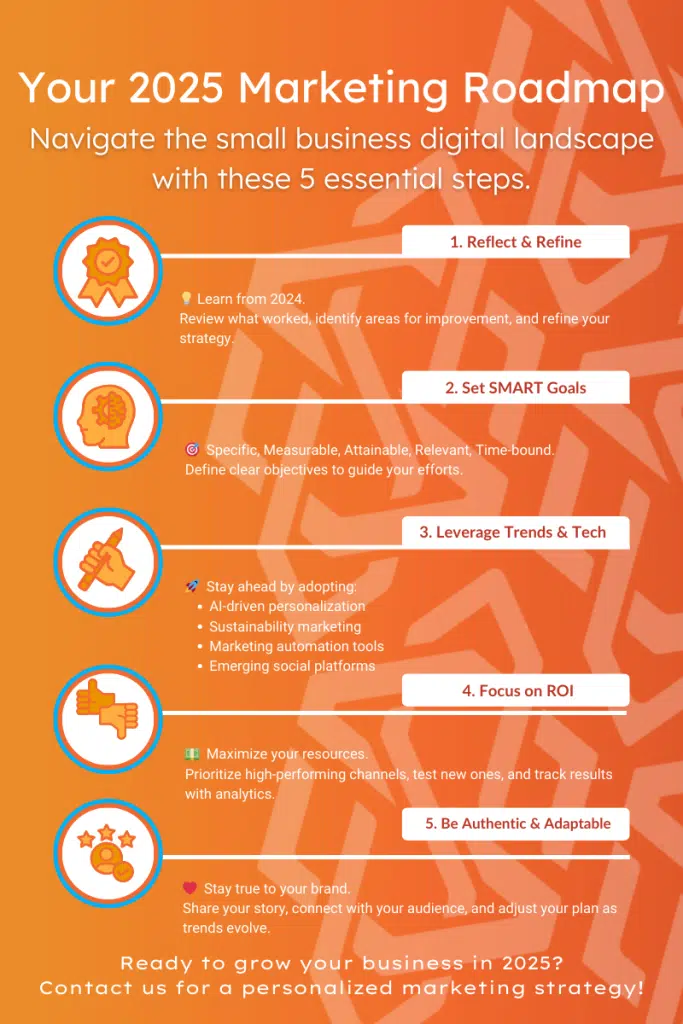
Consider Investing in Marketing Technology (MarTech)
Leverage tools that streamline operations and enhance insights, such as:
- Marketing automation platforms for email and social media.
- CRM systems to improve customer relationship management.
- Analytics tools for tracking campaign performance in real-time.
Focus on ROI-Based Budgeting
Allocate your budget based on anticipated returns. For example, prioritize high-performing channels and experiment with new ones on a smaller scale before committing significant resources.
Double Down on SEO and Local Visibility
As competition grows, ensure your website is optimized for search engines. Target relevant keywords, prioritize mobile-first design, and leverage Google Business Profile to capture local search traffic.
Prioritize Authenticity and Brand Values
Modern consumers value authenticity. Share your story, highlight customer testimonials, and engage with your audience on a personal level. Align marketing messages with your brand’s core mission and values.
You’ll Always Want to Stay Flexible
The pace of change in digital marketing is rapid. Build adaptability into your plan, regularly revisiting and tweaking strategies based on performance and emerging opportunities.
By following these steps, your small business can confidently face the challenges of 2025 and position itself for sustainable growth. Whether you’re a local shop or an online retailer, a thoughtful and forward-thinking marketing plan is your roadmap to success.
Need help crafting your 2025 strategy? Reach out to our digital marketing experts! You can schedule a free strategy session to discuss your goals with us and what initiatives from this blog you might be interested in using but need some help getting started. Let’s make 2025 your best year yet where you see next-level small business success.





